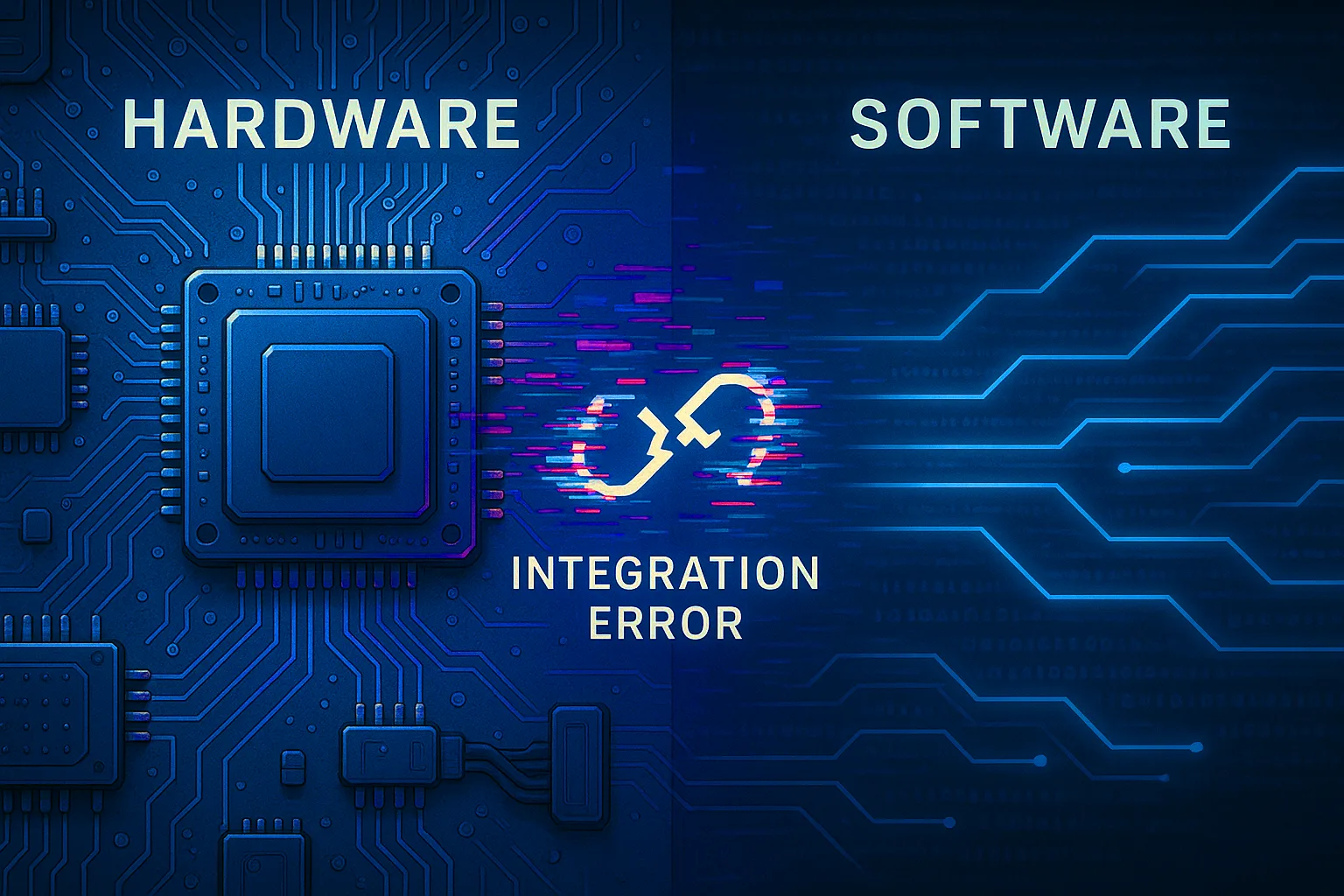Since the big announcement last week, one question has dominated the minds of consumers and developers alike: What’s so new about the Apple iPhone 5s? Sure, Apple added a new 64-bit A7 processor, but the technology here is just the facilitator. The truly interesting part is what can be done with the technology. The vision Steve Jobs laid down was to make the device about the user. If you want to understand where Apple is going with their new devices, you must keep that in mind.
Let’s take stock. There have been a lot of new innovations lately. 3D printers have taken off, Nike has changed exercise technology, and smartwatches have been the buzz since the Kickstarter campaign that launched Pebble. With all of these developments, there have been lots of rumors about an Apple iWatch. Whether or not Apple has an iWatch cooking at the moment, you can be sure they won’t be left out of a market they initiated.
Where will 64 bits take us?
Whenever new phone technology comes out, I always like to think about what will happen when it is the old man on the block. Think about the iPhone 4S today. Apple introduced Siri when it first came out and today all their current phones support Siri (current in the sense that they are still being sold). The new A7 processor means developers can officially look forward to what Apple phones will do in the next two years when the iPhone 5S is the old man on the block. The A7 might make some things smoother today, but mostly this change is about what sort of apps can run in the future.
Let’s simplify some complex technology so we can understand what 64-bit is really all about. If you’ve ever been in grade school, then you know how to multiply 2, 2-digit numbers. Remember? 45 times 67: First multiply 7 by 45, then multiply 6 by 45, then add 315 to 2700 and you get 3015. Well, believe it or not, the reason you use a 64-bit processor is very similar.
45 x 67 315 +270 3015
Multitasking with a coprocessor
With very large numbers, a 32-bit processor has to do all the work you just did to multiply those two simple numbers. A 64-bit processor can do that all in one swoop – and actually does it about four times faster. However, this isn’t something your phone always has to do, so it’s only faster in certain cases. Usually, this new speed works best with encryption, video graphics and a few other things. The trade-off of this new processing ability is it will use more battery. This is the last thing Apple needs: An operating system that’s already notoriously poor at multitasking and running background tasks.
Case in point: Say you wanted to track your movement throughout the day with the phone in background mode. Right now that would mean running your processor all day. With a more powerful and power-hungry processor, that means dropping your battery life considerably. Enter the M7 motion coprocessor. Adding this coprocessor to the iPhone 5S means that Apple can shut down their main processor and rely on the coprocessor for certain tasks. Now Apple can track your running or other personal activities without draining the battery at the rate of the main processor. In the end, you get more processing power and more features, but longer battery life because the lightweight coprocessor is the only one running during background mode.
Let’s face it: This isn’t the revolutionary change analysts were looking for, but it wasn’t a total letdown either. To see the Big Picture, look beyond what the phone can do today and think about what it can do in the future. In other words, the new features make processing speed and battery life better for the user, but ultimately they give developers a whole new set of tools to work with. When developers implement new features in apps over the next months, you’ll see the world of potential Apple has opened up.
Overall, the iPhone 5s is a decent step forward, especially if Apple can continue improving the OS and provide better support for getting things done in the background.





